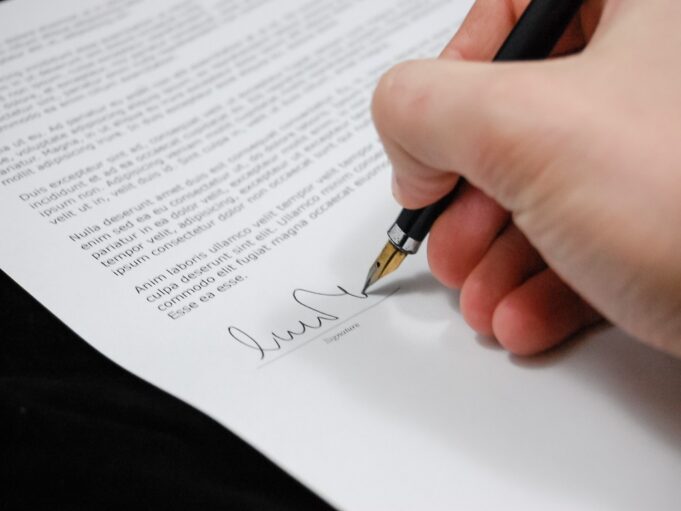A journey of buying a car needs to start with working out its financing. Figuring out the budget helps narrow down choices and may keep you from making expensive mistakes. It’s also important that you pay as little interest as possible and get debt-free soon too. It’ll help to understand all the jargon that lenders use.
Car Loan
This is a contract between you and a lender where they give you cash to buy a car, and you pay the money back, usually plus interest, in installments every month. There’s usually a loan fee involved as well. Till you pay off the loan, the lender will hold the title of the vehicle.
Interest
This is the cost of borrowing funds from the lender. This is expressed as a percentage and covers the lender’s costs, risks, and lets the lender earn a profit. The interest rate depends upon your credit history, the time over which you’ll pay back the loan, the type of car, and your negotiation skills.
Loan Term
This is the time over which you’ll pay back the loan. It’s usually expressed as a number of months. Loan terms of 36 to 48 months are ideal, but since cars are more expensive now, terms of 60 to 72 months are also available. Longer loans come with more risk, so their interest rates are higher. Choose a term that’s as short as possible.
Principal
This is the balance of the loan. In the beginning, it’s the entire loan amount. As you make payments, the principal reduces. Each monthly payment goes towards two things, the principal and the interest.
Down Payment
This is the money you pay towards the car purchase out of your own pocket. It could come from cash, the trade-in value of your car, or both. You’ll be taking a loan for the rest of the amount.
Monthly Payment
You will have to make a payment every month towards the loan principal and interest. The amount you need to pay every month is set and has a specific due date. To figure out the amount you’ll be paying every month, you can use a ton of online calculators and also see the total amount you’ll pay for the car.









